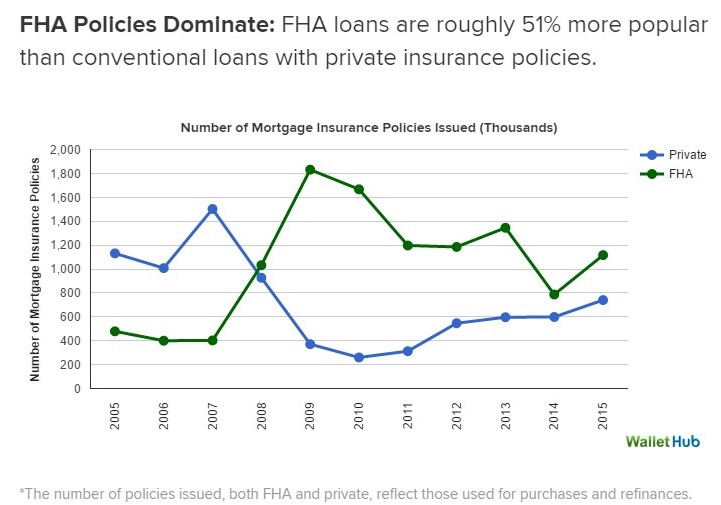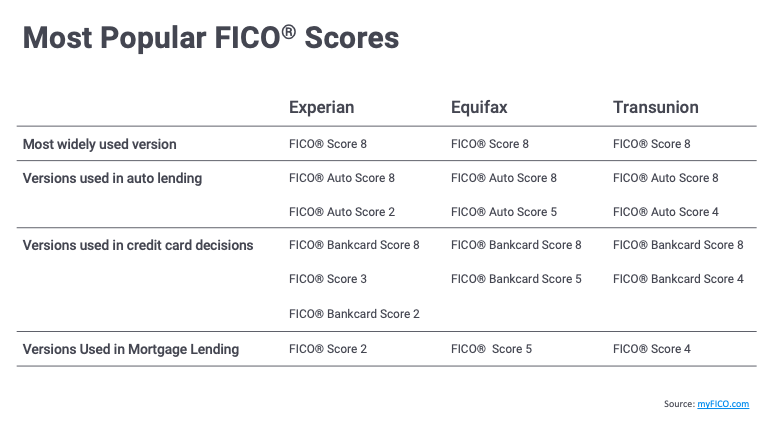The Financial Crisis Questions Commission discovered that in 2008, GSE loans had a delinquency rate of 6. 2 percent, due to their standard underwriting and certification requirements, compared with 28. 3 percent for non-GSE or private label loans, which do not have these requirements. Additionally, it is unlikely that the GSEs' long-standing budget-friendly housing objectives motivated lending institutions to increase subprime loaning.
The objectives originated in the Real estate and Community Advancement Act of 1992, which passed with overwhelming bipartisan support. Regardless of the fairly broad required of the inexpensive housing goals, there is little proof that directing credit towards borrowers from underserved communities triggered the real estate crisis. The program did not considerably change broad patterns of home loan loaning in underserviced communities, and it worked rather well for more than a decade before the personal market began to heavily market riskier home mortgage items.
As Wall Street's share of the securitization market grew in the mid-2000s, Fannie Mae and Freddie Mac's income dropped substantially. Identified to keep shareholders from panicking, they filled their own financial investment portfolios with risky mortgage-backed securities bought from Wall Street, which created higher returns for their shareholders. In the years preceding the crisis, they also started to reduce credit quality standards for the loans they acquired and guaranteed, as they attempted to contend for market share with other private market individuals.
These loans were generally come from with big deposits but with little documentation. While these Alt-A home loans represented a little share of GSE-backed mortgagesabout 12 percentthey were responsible for between 40 percent and 50 how do you get rid of your timeshare percent of GSE credit losses throughout 2008 and 2009. These mistakes combined to drive the GSEs to near insolvency and landed them in conservatorship, where they remain todaynearly a decade later on.
And, as explained above, overall, GSE backed loans carried out much better than non-GSE loans throughout the crisis. The Neighborhood Reinvestment Act, or CRA, is designed to resolve the long history of inequitable loaning and motivate banks to assist fulfill the requirements of all borrowers in all sections of their communities, specifically low- and moderate-income populations.
More About Which Of The Following Are Banks Prohibited From Doing With High-cost Mortgages?

The main idea of the CRA is to incentivize and support practical personal lending to underserved communities in order to promote homeownership and other community investments - when does bay county property appraiser mortgages. The law has actually been changed a number of times considering that its initial passage and has ended up being a cornerstone of federal community development policy. The CRA has actually assisted in read more more than $1.
Conservative critics have argued that the need to meet CRA requirements pushed lending institutions to loosen their financing standards leading up to the housing crisis, successfully incentivizing the extension of credit to undeserved customers and sustaining an unsustainable real estate bubble. Yet, the proof does not support this narrative. From 2004 to 2007, banks covered by the CRA stemmed less than 36 percent of all subprime mortgages, as nonbank lending institutions were doing most subprime financing.
In total, the Financial Crisis Query Commission identified that simply 6 percent of high-cost loans, a proxy for subprime loans to low-income customers, had any connection with the CRA at all, far below a limit that would imply considerable causation in the housing crisis. This is due to the fact that non-CRA, nonbank lenders were frequently the culprits in some of the most hazardous subprime lending in the lead-up to the crisis.

This is in keeping with the act's relatively minimal scope and its core function of promoting access to credit for certifying, traditionally underserved debtors. Gutting or removing the CRA for its supposed role in the crisis would not just pursue the incorrect target however likewise held up efforts to decrease prejudiced home mortgage lending.
Federal housing policy promoting affordability, liquidity, and access is not some inexpedient experiment but rather an action to market failures that shattered the housing market in the 1930s, and it has actually sustained high rates of homeownership since. With federal support, far higher numbers of Americans have delighted in the advantages of homeownership than did under the free enterprise environment before the Great Depression.
The Buzz on What Is Today's Interest Rate On Mortgages
Instead of focusing on the risk of government support for home mortgage markets, policymakers would be much better served analyzing what most experts have actually determined were causes of the crisispredatory financing and bad policy of the financial sector. Placing the blame on housing policy does not speak to the truths and risks turning back the clock to a time when most Americans could not even dream of owning a house.
Sarah Edelman is the Director of Housing Policy at the Center. The authors would like to thank Julia Gordon and Barry Zigas for their helpful comments. Any mistakes in this short are the sole responsibility of the authors.
by Yuliya Demyanyk and Kent Cherny in Federal Reserve Bank of Cleveland Economic Trends, August 2009 As increasing home foreclosures and delinquencies continue to undermine a financial and financial recovery, an increasing amount of attention is being paid to another corner of the property market: industrial real estate. This post discusses bank direct exposure to the commercial genuine estate market.
Gramlich in Federal Reserve Bank of Kansas City Economic Evaluation, September 2007 Booms and busts have played a popular function in American financial history. In the 19th century, the United States took advantage of the canal boom, the railway boom, the minerals boom, and a financial boom. The 20th century brought another financial boom, a postwar boom, and a dot-com boom (how common are principal only additional payments mortgages).
by Jan Kregel in Levy Economics Institute Working Paper, April 2008 The paper supplies a background to the forces that have actually produced today system of property housing finance, the factors for the current crisis in home loan funding, and the impact of the crisis on the total monetary system (which mortgages have the hifhest right to payment'). by Atif R.
The smart Trick of Which Of These Statements Are Not True About Mortgages That Nobody is Discussing
The recent sharp increase in mortgage defaults is substantially magnified in subprime zip codes, or zip codes with a disproportionately large share of subprime debtors as . which of these statements are not true about mortgages... by Yuliya Demyanyk in Federal Reserve Bank of St. Louis Regional Financial Expert, October 2008 One might anticipate to discover a connection in between borrowers' FICO scores and the incidence of default and foreclosure throughout the existing crisis.
by Geetesh Bhardwaj and Rajdeep Sengupta in Federal Reserve Bank of St - what is the concept of nvp and how does it apply to mortgages and loans. Louis Working Paper, October 2008 This paper demonstrates that the factor for widespread default of home loans in the subprime market was an unexpected reversal in your house cost appreciation of the early 2000's. Using loan-level data on subprime home mortgages, we observe that most of subprime loans were hybrid adjustable rate home loans, created to impose substantial financial ...
Kocherlakota in Federal Reserve Bank of Minneapolis, April 2010 Speech before the Minnesota Chamber of Commerce by Souphala Chomsisengphet and Anthony Pennington-Cross in Federal Reserve Bank of St. Louis Review, January 2006 This paper timeshare properties explains subprime lending in the home mortgage market and how it has evolved through time. Subprime financing has presented a substantial quantity of risk-based pricing into the home loan market by creating a myriad of costs and product choices mostly identified by customer credit rating (home loan and rental payments, foreclosures and bankru ...